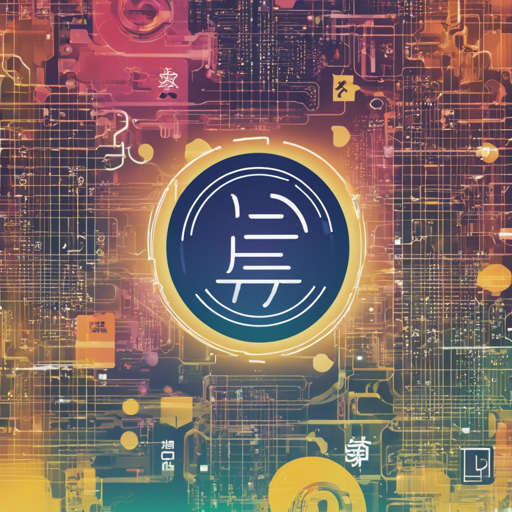In an increasingly globalized world, the ability to effectively translate between languages is essential. If you want to leverage AI for this purpose, the C3TR-Adapter is an excellent option for improving Japanese-English and English-Japanese translation performance. Here’s a step-by-step guide on how to set it up and use it effectively.
Getting Started with C3TR-Adapter
The C3TR-Adapter is a QLoRA Adapter that enhances translation capabilities of the gemma-2-9b model released by Google. If you’re ready to dive into the world of AI translations, follow these steps:
1. Model Installation
- Required Libraries: Ensure that you have the latest versions of the necessary libraries installed.
- Install PyTorch using the following command:
pip install torch torchvision torchaudio --index-url https://download.pytorch.org/whl/cu121pip install transformers==4.42.3
pip install peft==0.11.1
pip install bitsandbytes==0.43.12. Sample Code
Here is a simple analogy to make the code easier to understand: think of the model as a skilled translator standing in a room with a variety of books (data) to refer to. It’s essential to guide the translator on which context to focus (instructive hints). The code creates a path that informs the translator on how to pick the right book and what style to use.
import torch
from transformers import AutoModelForCausalLM, AutoTokenizer
from peft import PeftModel
model_id = 'unsloth/gemma-2-9b-it-bnb-4bit'
peft_model_id = 'webbigdata/C3TR-Adapter'
# Check for GPU support
dtype = torch.bfloat16 if torch.cuda.is_available() and torch.cuda.get_device_capability(0)[0] == 8 else torch.float16
# Load the model
model = AutoModelForCausalLM.from_pretrained(model_id, torch_dtype=dtype, device_map='auto')
model = PeftModel.from_pretrained(model=model, model_id=peft_model_id)
tokenizer = AutoTokenizer.from_pretrained(model_id)
tokenizer.pad_token = tokenizer.unk_token
3. Translation Function
Just as our translator needs specific instructions on how to interpret the data, you’ll implement a function to guide the AI on how to handle translations:
def trans(my_str):
input_ids = tokenizer(my_str, return_tensors='pt', padding=True, max_length=1800, truncation=True).input_ids.cuda()
# Translation
generated_ids = model.generate(input_ids=input_ids, max_new_tokens=900, use_cache=True,
do_sample=True, num_beams=3, temperature=0.5, top_p=0.3,
repetition_penalty=1.0)
full_outputs = tokenizer.batch_decode(generated_ids, skip_special_tokens=True)
return full_outputs[0].split('### Response:')[-1].strip()
4. Execute a Translation
Now that everything is set up, you’re ready to execute a translation!
ret = trans("You are a highly skilled professional Japanese-English and English-Japanese translator.")
print(ret)
Troubleshooting Ideas
If you run into any issues during installation or execution, consider the following troubleshooting tips:
- Ensure that all dependencies are installed correctly. Re-run the installation commands if necessary.
- Check your GPU memory. The model requires around 8.3 GB of GPU RAM. If you receive memory errors, consider using the gguf version that can run without a GPU.
- Ensure that the input format follows the correct prompt structure to avoid truncation or undesired repetitions.
- If you face incompatibility issues, consider updating your libraries to the latest versions via the commands provided.
For more insights, updates, or to collaborate on AI development projects, stay connected with fxis.ai.
Conclusion
With the C3TR-Adapter, leveraging AI for accurate translation has never been easier or more effective. Experiment, refine, and enjoy bridging language barriers with this powerful tool!
At fxis.ai, we believe that such advancements are crucial for the future of AI, as they enable more comprehensive and effective solutions. Our team is continually exploring new methodologies to push the envelope in artificial intelligence, ensuring that our clients benefit from the latest technological innovations.

